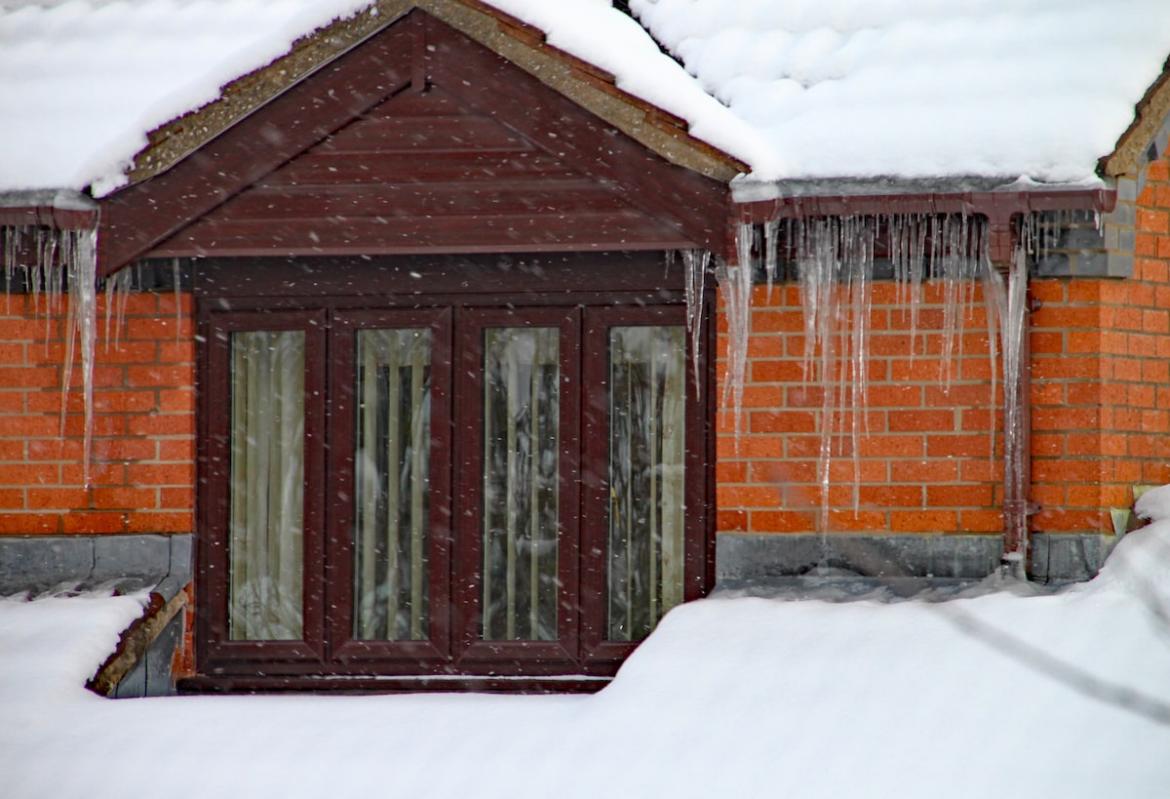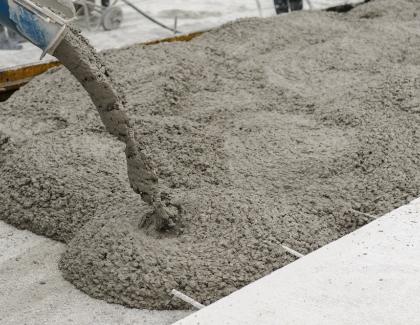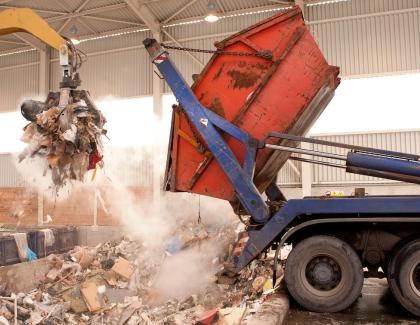Freeze-thaw damage can deteriorate the structure of masonry walls and pose a serious threat to the home’s foundation when ice creates a channel for trapped moisture during cold seasons. To protect the structural integrity of a home in fluctuating climates, homeowners can turn to a few key drainage and insulation methods.
Minimizing Moisture
Freeze-thaw damage only poses a prominent risk if a substantial amount of moisture becomes trapped inside masonry walls at a temperature cycling above and below freezing, according to RDH Building Science Laboratories. Foundational to minimizing freeze-thaw risk is to prevent water accumulation by “directing water away from the building using eavestroughs, downspouts, drip edges and proper window flashings,” according to Trevor Trainor, building science researcher for RDH who authored a guide for avoiding freeze-thaw damage.
Once exterior drain systems are installed, more minuscule pathways for moisture can be addressed in the masonry directly. Liquid applied brick sealers can leave behind mortar cracks too big to be sealed, and some sealers can also reduce the drying capacity of bricks and stone, according to Trainor’s guide. Weakened mortar joints can be repointed to fill exposed ledges and offer extra absorption to redirect moisture from structural surfaces, RDH explains.
“Choose your insulation wisely”
Warm air and humidity can travel through insulation and create condensation on masonry walls, which is why RDH’s guide explains that it’s “not recommended” for contractors to use vapor-permeable insulations like fiberglass or stone wool. Insulations with lower R-values keep masonry slightly warmer and can reduce freeze-thaw risk, but lower thermal resistance will not protect against damage and may not provide adequate comfort for homeowners, according to Trainor.
Finally, RDH Laboratories suggests keeping a close eye on insulation. “Continue to inspect and maintain your home after the insulation is installed,” the guide reads. Experts can assess homes for freeze-thaw risk by identifying existing water management issues and conducting a frost dilatometry test, which measures the Scrit of a building, or the “degree of saturation below which no freeze-thaw damage will occur,” according to Trainor.
Insulation should be the final step of moisture prevention, and should only be installed after concentrated water is drained and cracked or damaged masonry is repaired says Trainor. If insulation projects are carefully designed around the specific climate and structure of the home, freeze-thaw damage can be kept to a minimum.
TNAH Best Practices
Constructed in Winter Park, Florida, the New American Home 2021 is no stranger to heat, humidity, and condensation, but construction coordinator Katie Kovac of Phil Kean Design Group turned to concrete masonry units, or CMUs, to build a resilient structural shell.
“Concrete block is porous, like a sponge, and easily transfers moisture throughout the structure, which can intrude into the wall assembly and promote mold growth. In Florida, one of the nation’s wettest states, managing moisture is critical,” Kovac says. Unlike colder states to the north, however, Florida homes are not threatened by freeze-thaw scenarios.
If water mitigation isn’t prioritized in colder climates, a home’s masonry could pay the price, but Kovac offers a solution through a two-part moisture-blocking system involving Laticrete MVIS Air & Water Barrier and Prosoco R-Guard FastFlash. First, according to Kovac, Laticrete is applied to concrete blocks as a membrane for exposed masonry. Then, FastFlash is added to window and door frames to replace joint reinforcing tape in a single-component process.
For insulation, Kovac used Fi-Foil Flex Foam, a ½ inch-thick reflective foam insulation that reduces thermal transfer through masonry walls. Kovac layered insulation with plywood furring strips to add an extra barrier for temperature control and filled and sealed any remaining voids with Core-Fill 500 foam insulation, according to “The New American Home 2021: How We Built It.”
Though moisture can sometimes be difficult to detect in old masonry structures, it can inflict damage season after season in cold environments. To stay ahead of the freeze-thaw cycle, homeowners can fortify old masonry with these key tips from industry experts.







Add new comment